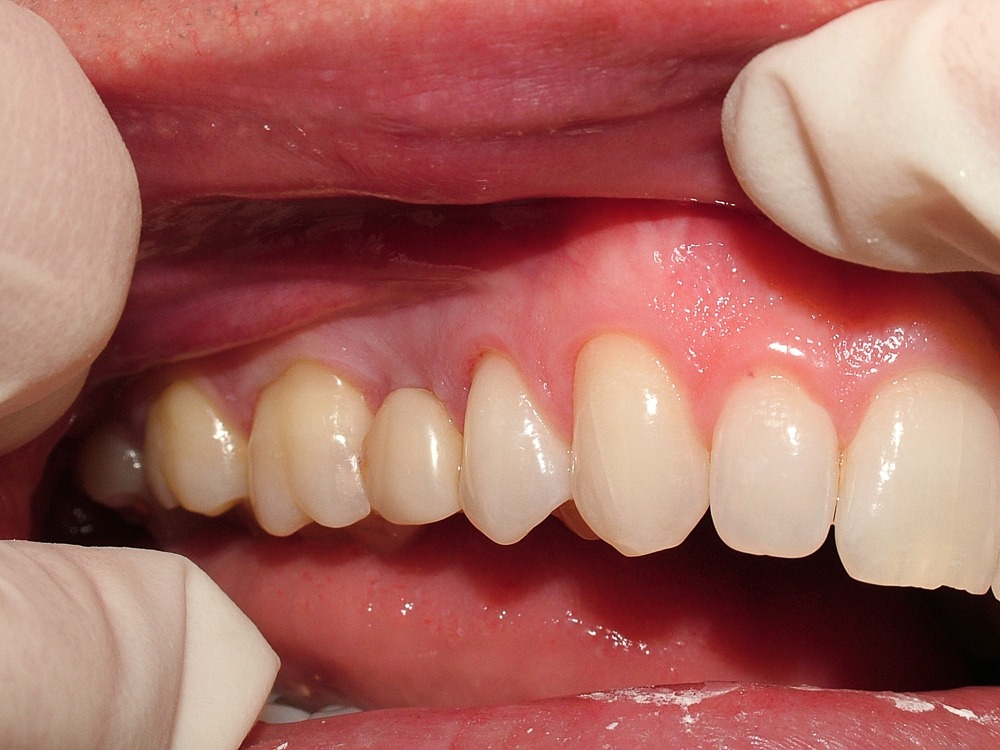In the dental environment, the expression “cantilever bridge” is a very common one, but for some people who are not involved in the process it may be a good idea to explain what it is all about. So what is a cantilever bridge? A cantilever bridge is a type of dental bridge that is designed when abutment teeth are present on only one side of the toothless gap.
But, what is a dental bridge ? A dental bridge is a fixed dental prosthesis used to replace one or several missing teeth by permanently joining an artificial tooth to adjacent teeth. These teeth (that actually support the bridgework restoration) are called abutment teeth. A traditional dental bridge has abutment teeth on both sides of the toothless space.
[adsenseyu1]
What are the advantages of a cantilever bridge? According to Infodentis.com, a cantilever bridge is normally meant to replace a single tooth when the clinical situation does not allow the dentist to use support teeth on both sides of the toothless gap. Such situations can occur for example, when, for aesthetic reasons, it is not desirable to prepare the teeth on both sides of the breach, or when there are really no teeth on one side of the breach.
The cantilever bridge means in fact an extension bridge that covers the teeth on one side of the toothless gap and “extends” to replace the missing tooth (or teeth). A dental bridge like this consists of one or more false teeth, or better said “pontics” (which are meant to replace the missing teeth), which are joined to the adjacent teeth located on one side of the gap.
How to take care of a cantilever bridge? The answer to this question is really simple. You must take care of cantilever bridges the same way you do with your natural teeth. It is advisable to brush your teeth along with the bridgework twice a day, floss between and under the bridge and use a mouthwash. Small-headed brushes can be a good choice, since they can better reach all areas of the mouth.
[adsenseyu1]
Oral hygiene is very important, because bacteria can easily find the way to the gums around bridges, and can affect the teeth where the cantilever bridge is placed. Once bacteria is there, it can develop really fast, and produce an inflammation of the area, or they can even lead to an infection that must be treated in the shortest time.
So, when supporting teeth are not present on both sides of the toothless gap, a cantilever bridge can be a viable treatment option. The procedure can be easily performed by any dental specialist, and it can be an alternative to dental implants. It depends on you how you will react when you will notice that your teeth are in danger. Protect yourself, protect your teeth, and by that protect your money and your heath!








